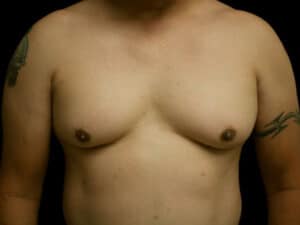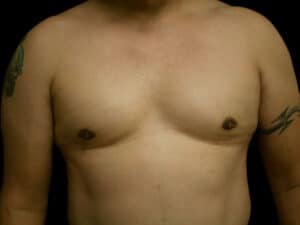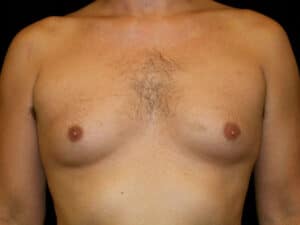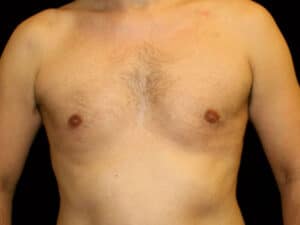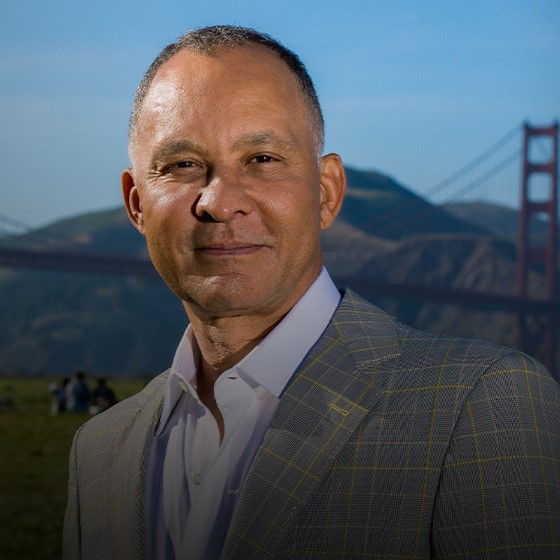Boys and males who suffer from enlarged male breasts often have a condition called gynecomastia. This condition is not life-threatening but can take a negative toll on the mental health of those living with it. Gynecomastia can actually be divided up into seven different types. Read on to learn more about these types and the best gynecomastia treatment option.
True Gynecomastia
True gynecomastia is caused by excess breast tissue and glandular tissue, causing large male breasts. This cannot be resolved with weight loss alone, and gynecomastia surgery is the only long-term solution.
Adult Gynecomastia
Adult gynecomastia usually affects men around the age of 50, because this is when “male menopause” begins, resulting in a decrease in testosterone production. In fact, one in four men will develop gynecomastia symptoms between the ages of 50 and 80. However, adult gynecomastia may also be the result of untreated adolescent gynecomastia.
Adolescent Gynecomastia
Adolescent gynecomastia affects teenagers due to a hormone imbalance caused by puberty. The most common symptoms include tenderness in the chest area, nipple soreness and sensitivity, a small lump beneath the nipple, and a puffy or shiny look to the nipple. If left untreated, this condition may follow patients into their adult years.
Medication-Induced Gynecomastia
In some cases, gynecomastia can be caused by certain prescription medications. The most common medications associated with gynecomastia include those for high blood pressure, ulcers, antidepressants, HIV, and prostate cancer. Illegal drugs that can lead to male breast growth include marijuana and heroin.
Steroid-Induced Gynecomastia
Gynecomastia can also be brought on by the use of anabolic steroids. This type is common among bodybuilders and athletes.
Severe Gynecomastia
Patients with severe gynecomastia will have severely large breasts and excess skin. Older men or those who are obese with diminished skin elasticity may experience this form of gynecomastia.
Pseudo-Gynecomastia
Pseudo-gynecomastia, or false gynecomastia, is the result of fatty tissue rather than glandular tissue and can often be resolved with weight loss.
Gynecomastia Treatment Options
The best way to treat gynecomastia is with male breast reduction surgery. During this surgical procedure, Dr. Delgado will remove excess glandular tissue, remove excess breast tissue, and eliminate excess fat with liposuction techniques for a more masculine chest contour. He will create a personalized treatment plan for you that includes the best incision patterns and liposuction technique to help you reach your body goals.
This is an outpatient procedure, which means that you can return home to heal. You will need to wear a special compression garment during healing to reduce swelling and support your new chest contour. Also, be sure to follow Dr. Delgado’s instructions regarding pain medication for proper healing.
Schedule a Consultation for Gynecomastia Surgery in San Francisco
If you are bothered by enlarged male breasts, please do not hesitate to contact board-certified plastic surgeon, Miguel Delgado, MD. To schedule a one-on-one consultation regarding the male breast reduction treatment, please contact our San Francisco office today by giving us a call or filling out our online form.

